mybatis cache 导致 密码重复解密,报错
mybatis cache 导致 密码重复解密,报错
背景
生产环境报错:
Error while decrypting: str=123456
// 123456 是明文密码
根据 traceId 找到接口,
看了下,业务是:查询获取商户信息,同时会被 db 里面加密的用户名和密码解密出来。
但是,报错显示:传了明文密码去解密。
取数据库看了下,没有这个 明文密码,
看一下简化的代码:
@Transactional(rollbackFor = Exception.class, transactionManager = JpaConfig.TRANSACTION_MANAGER)
public void sureConfirmation(...) {
meetingRepo.saveMeetingBrandActionLog(logs)
}
public void saveMeetingBrandActionLog(logs) { logs.forEach(this::saveMeetingBrandActionLog); }
public void saveMeetingBrandActionLog(log) {
// queryInfo 里面会
// - 1. 去 db 查询 info
// - 2. 解密 密码
// 这里执行多次的话,只有第一次会成功,第二次开始,就把明文密码传入 解密方法了。
BizBrandOperateInfo operateInfo = bizBrandOperateInfoService.queryInfo(
BizSourceEnum.fpo,
log.getBizBrandId()
);
复现了一下,可以很明显地看出是 myabatis 的缓存问题:
不加 @Transactional 注解的话,第二次是正常去 db 查询,然后正常解密的。
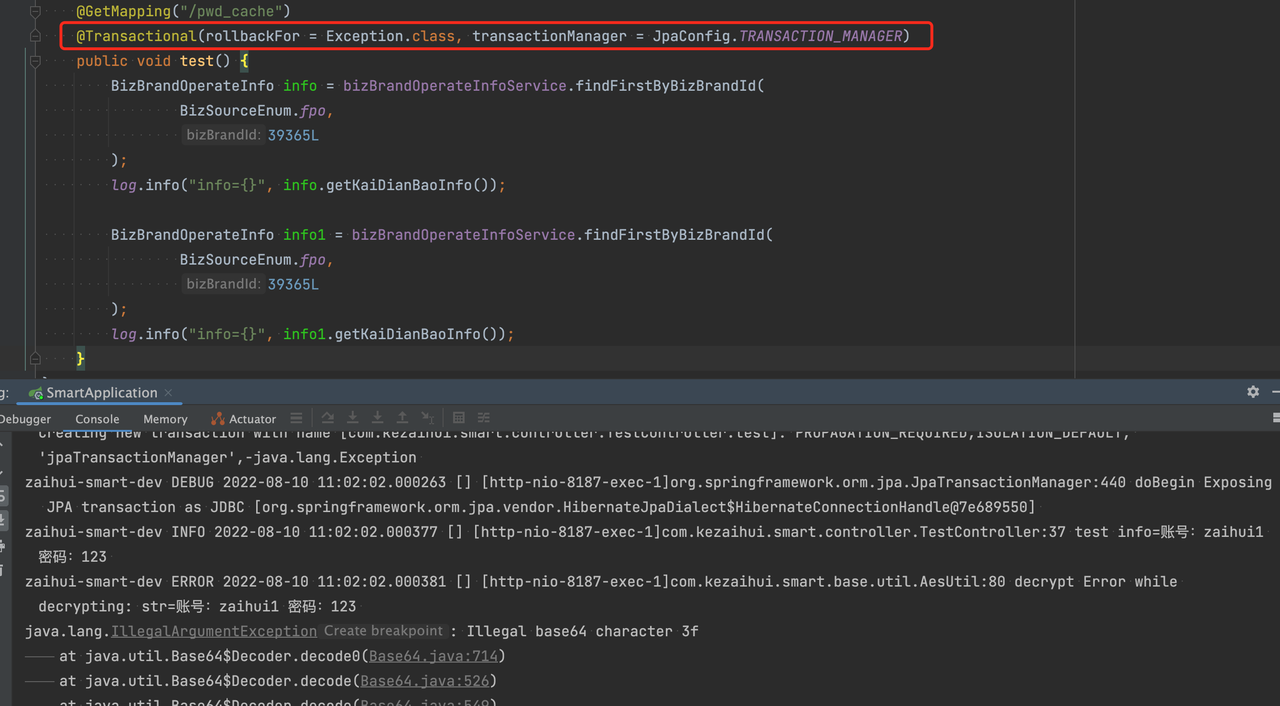
原理
debug 一下:
mybatis 的代理类是:org.apache.ibatis.binding.MapperProxy: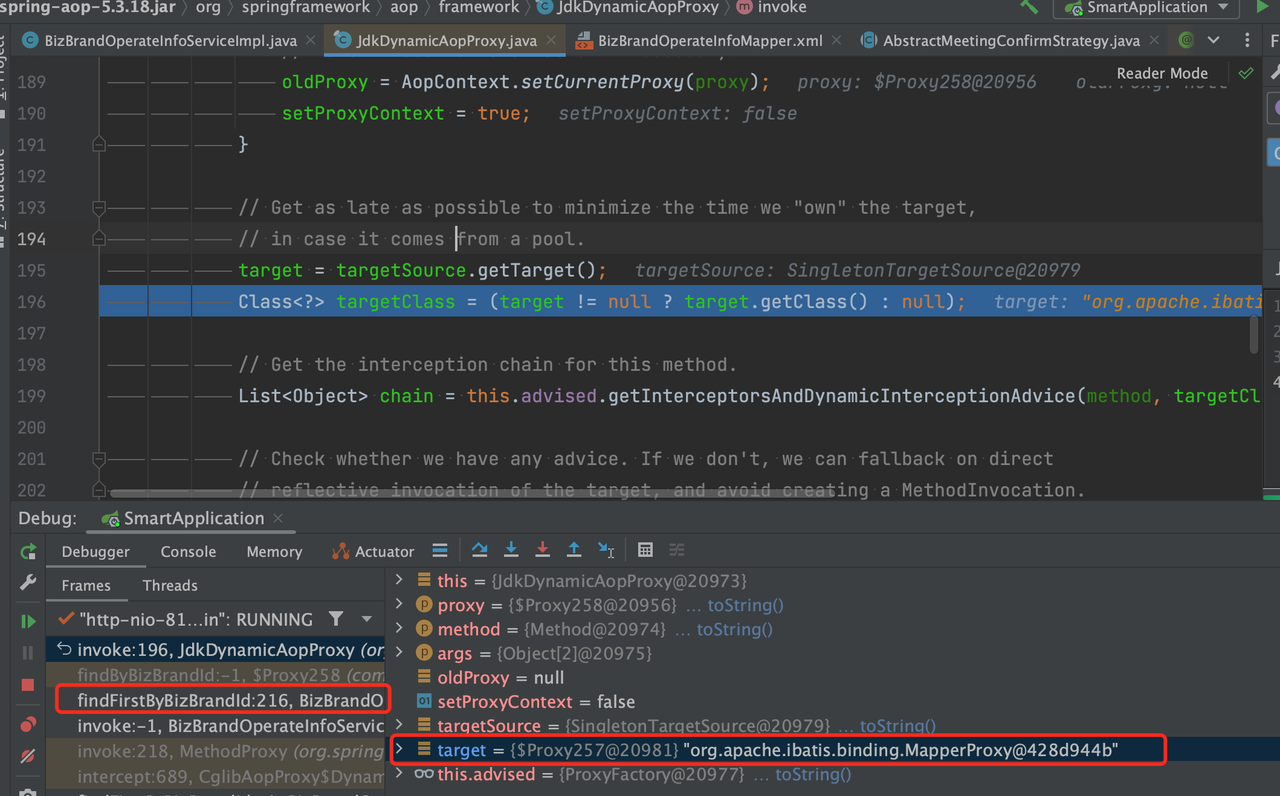

MapperProxy#invoke
可以看到,这里做了判断:
如果 proxy 是 原始类,就调用 method.invoke(this, args),
否则,就调用 cachedInvoker(method).invoke(proxy, method, args, sqlSession)
// org.apache.ibatis.binding.MapperProxy#invoke
@Override
public Object invoke(Object proxy, Method method, Object[] args) throws Throwable {
try {
// todo,这是啥
if (Object.class.equals(method.getDeclaringClass())) {
return method.invoke(this, args);
} else {
// here !!
return cachedInvoker(method).invoke(proxy, method, args, sqlSession);
}
} catch (Throwable t) {
throw ExceptionUtil.unwrapThrowable(t);
}
}
methodCache 的内容:
- key 是 原始 Method
- value 时
MapperProxy$PlainMethodInvoker- mapperMethod
- command 包括 method signature 和 SqlCommandType=
SELECT - method
- returnsMany, returnsMap, returnsVoid, returnsCursor, returnsOptional 定义了好多返回值的类型啊,为啥不用枚举。
- paramNameResolver 处理参数映射
- command 包括 method signature 和 SqlCommandType=
- mapperMethod
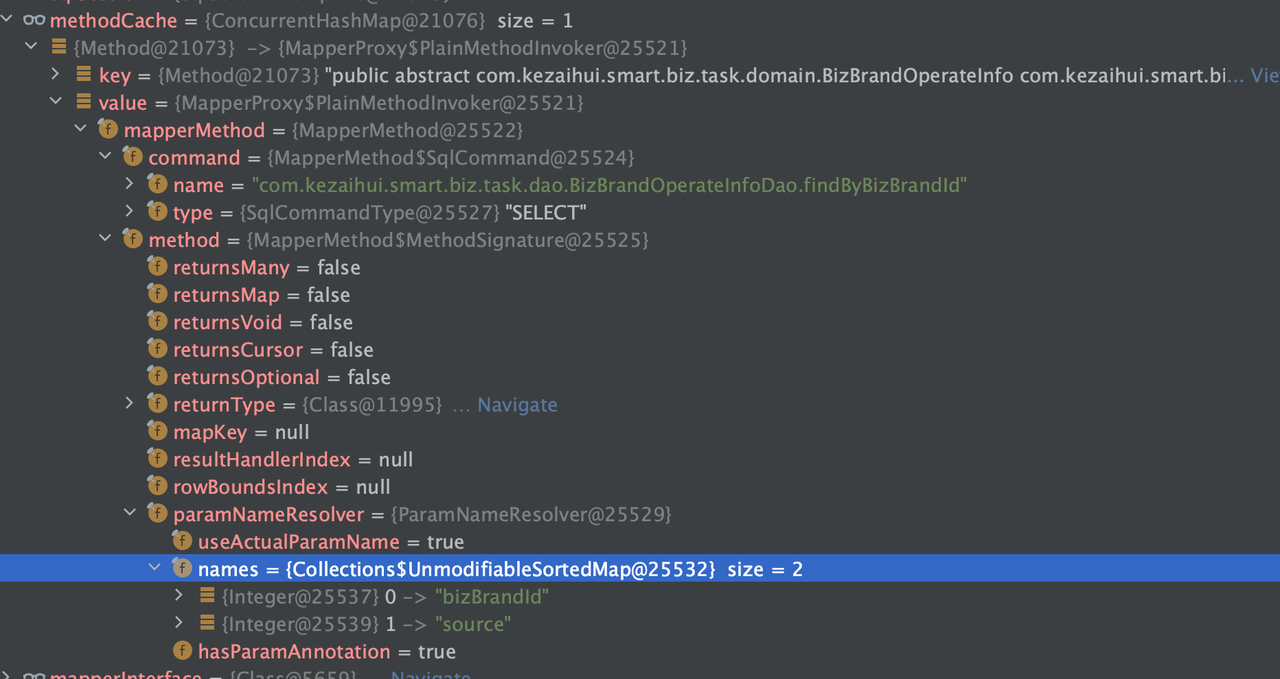
SqlSessionInterceptor#invoke
// org.mybatis.spring.SqlSessionTemplate.SqlSessionInterceptor#invoke
private class SqlSessionInterceptor implements InvocationHandler {
@Override
public Object invoke(Object proxy, Method method, Object[] args) throws Throwable {
SqlSession sqlSession = getSqlSession(SqlSessionTemplate.this.sqlSessionFactory,
SqlSessionTemplate.this.executorType, SqlSessionTemplate.this.exceptionTranslator);
try {
Object result = method.invoke(sqlSession, args);
if (!isSqlSessionTransactional(sqlSession, SqlSessionTemplate.this.sqlSessionFactory)) {
// force commit even on non-dirty sessions because some databases require
// a commit/rollback before calling close()
sqlSession.commit(true);
}
return result;
createCacheKey
cacheKey 的组成:
{mappedStatement.id}
// 没有带参数,所有多个同名方法,这里是相同的,
// 那么后面 sql 也可能相同,参数数量也可能相同,
// 然后,再全部传 null。忽略类型的话,两个查询的 cacheKey 貌似就是一样的了。
// 1. todo 再看下这里面几个数字参数的定义。
// 2. 两个不同地方的完全相同的查询,返回相同的结果,也是正常的。
:{原始方法名}
:{rowBounds.offset}:{rowBounds.limit}
:{boundSql.sql} // 完整的 sql
:{所有 param value 的拼接}
@Override
public CacheKey createCacheKey(MappedStatement ms, Object parameterObject, RowBounds rowBounds, BoundSql boundSql) {
if (closed) {
throw new ExecutorException("Executor was closed.");
}
CacheKey cacheKey = new CacheKey();
cacheKey.update(ms.getId());
cacheKey.update(rowBounds.getOffset());
cacheKey.update(rowBounds.getLimit());
cacheKey.update(boundSql.getSql());
for (ParameterMapping parameterMapping : parameterMappings) {
if (parameterMapping.getMode() != ParameterMode.OUT) {
Object value;
String propertyName = parameterMapping.getProperty();
if (boundSql.hasAdditionalParameter(propertyName)) {
value = boundSql.getAdditionalParameter(propertyName);
} else if (parameterObject == null) {
value = null;
} else if (typeHandlerRegistry.hasTypeHandler(parameterObject.getClass())) {
value = parameterObject;
} else {
MetaObject metaObject = configuration.newMetaObject(parameterObject);
value = metaObject.getValue(propertyName);
}
cacheKey.update(value);
}
}
cacheKey 内容:
733920730:-108631220:com.kezaihui.smart.biz.task.dao.BizBrandOperateInfoDao.findByBizBrandId:0:2147483647:select
`id`,
`source`,
`biz_brand_id`,
`biz_brand_name`,
`biz_brand_alias`,
`start_date`,
`expire_date`,
`expire_type`,
`shop_count`,
`create_time`,
`update_time`,
`delete_time`,
`kai_dian_bao_account`,
`kai_dian_bao_pwd`,
`kai_dian_bao_info`,
`category`,
`budget`,
`expect`,
`now_urgent`
from biz_brand_operate_info
where `source` = ? and biz_brand_id = ?
and delete_time = '1970-01-01 00:00:00':fpo:39365
BaseExecutor localCache
这里可以看到 cache 的内容:
key 就是上面的 CacheKey
value 是上次查询的结果。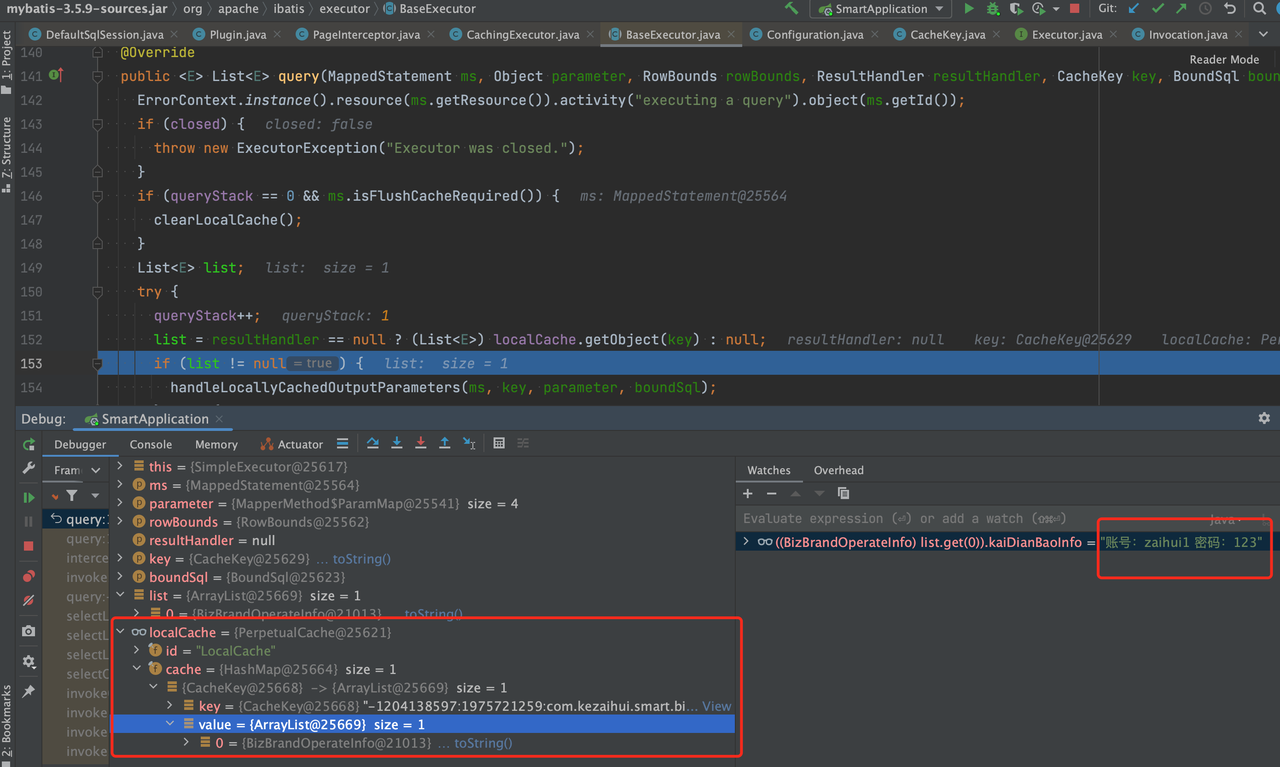
newExecutor
如果 cacheEnabled=true 的话,就会去走 cachingExecutor 的逻辑。
public Executor newExecutor(Transaction transaction, ExecutorType executorType) {
executorType = executorType == null ? defaultExecutorType : executorType;
executorType = executorType == null ? ExecutorType.SIMPLE : executorType;
Executor executor;
if (ExecutorType.BATCH == executorType) {
executor = new BatchExecutor(this, transaction);
} else if (ExecutorType.REUSE == executorType) {
executor = new ReuseExecutor(this, transaction);
} else {
executor = new SimpleExecutor(this, transaction);
}
if (cacheEnabled) {
executor = new CachingExecutor(executor);
}
// 这里,pagehelper interceptor 注册上去了。
executor = (Executor) interceptorChain.pluginAll(executor);
return executor;
}
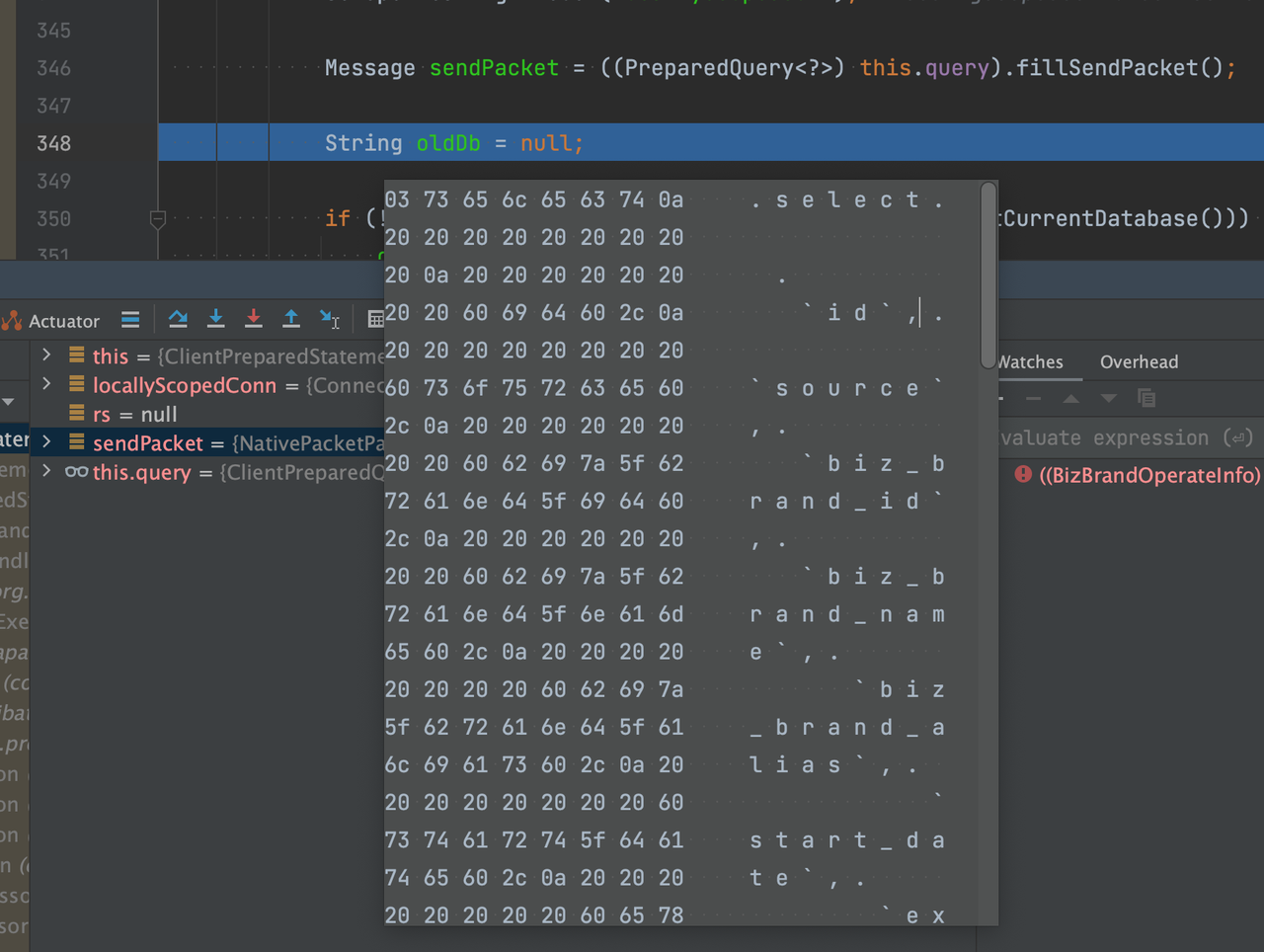
一级缓存 具体实现
// 每次查询结束后,
// 默认 put 缓存。
// 如果 配置了 localCacheScope = statement 的话,
// 再去 clear cache???
if (configuration.getLocalCacheScope() == LocalCacheScope.STATEMENT) {
// issue #482
clearLocalCache();
}
完整一点的:
@Override
public <E> List<E> query(MappedStatement ms, Object parameter, RowBounds rowBounds, ResultHandler resultHandler, CacheKey key, BoundSql boundSql) throws SQLException {
ErrorContext.instance().resource(ms.getResource()).activity("executing a query").object(ms.getId());
if (closed) {
throw new ExecutorException("Executor was closed.");
}
if (queryStack == 0 && ms.isFlushCacheRequired()) {
clearLocalCache();
}
List<E> list;
try {
queryStack++;
list = resultHandler == null ? (List<E>) localCache.getObject(key) : null;
if (list != null) {
handleLocallyCachedOutputParameters(ms, key, parameter, boundSql);
} else {
list = queryFromDatabase(ms, parameter, rowBounds, resultHandler, key, boundSql);
}
} finally {
queryStack--;
}
if (queryStack == 0) {
for (DeferredLoad deferredLoad : deferredLoads) {
deferredLoad.load();
}
// issue #601
deferredLoads.clear();
if (configuration.getLocalCacheScope() == LocalCacheScope.STATEMENT) {
// ##### 2. clear cache
// issue #482
clearLocalCache();
}
}
return list;
}
flushLocalCacheAfterEachStatement -> localCacheScope
issue 482 这个注释,在这个 pr 中 引入:
https://github.com/mybatis/mybatis-3/commit/b32ac15d156e745ce3df0cafdd5e12272b1db481
改动是 配置参数:
// before
flushLocalCacheAfterEachStatement=false|true
// after
localCacheScope=session|statement
// before
configuration.setClearLocalCacheAfterEachStatement(booleanValueOf(props.getProperty("flushLocalCacheAfterEachStatement"), false));
// after
configuration.setLocalCacheScope(LocalCacheScope.valueOf(stringValueOf(props.getProperty("localCacheScope"), "SESSION")));
一个很好的实践:
很多时候,不要用 bool,优先选择枚举,扩展性更高。
一个坏的实践:
虽然参数名字上叫做 Scope,但是实现上,做的还是,flush cache after statement。
参数改了,但是实现没有同步更改,代码看起来,令人困惑,增加了认知成本。
简单来说,他们选择了 总改动量更小的方案。
mybatis 好感度 -1。
形成代码屎山的一大原因,就是
总代码量更小的方案和总改动量更小的方案 PK 的时候,出于主观或客观的因素,往往是后者胜出。
实现应该在 put 的地方,判断是否需要存入 cache,
而不是现在这样,默认 cache,然后,如果 localCacheScope=STATEMENT 的话,再 flush cache.
读取 localCacheScope 的时机
在 注册 SqlSessionFactory 的时候,就读取了 localCacheScope 配置。
也就是说,应用启动后,这个配置就 apply 了,要让新的配置生效的话,只能重启。
没有找到 refresh config 的渠道。
也不能在执行代码时,决定这次 session 或者 statement 是否 cache。
可以叫做: tunable cache level
mybatis 的国产周边项目
debug 的过程中,突然看到了中文注释,很奇怪,再一看,是国内的 增强项目:mybatis-plus ,pagehelper
看了下面两段注释,难受。
mybatis 好感度 -1。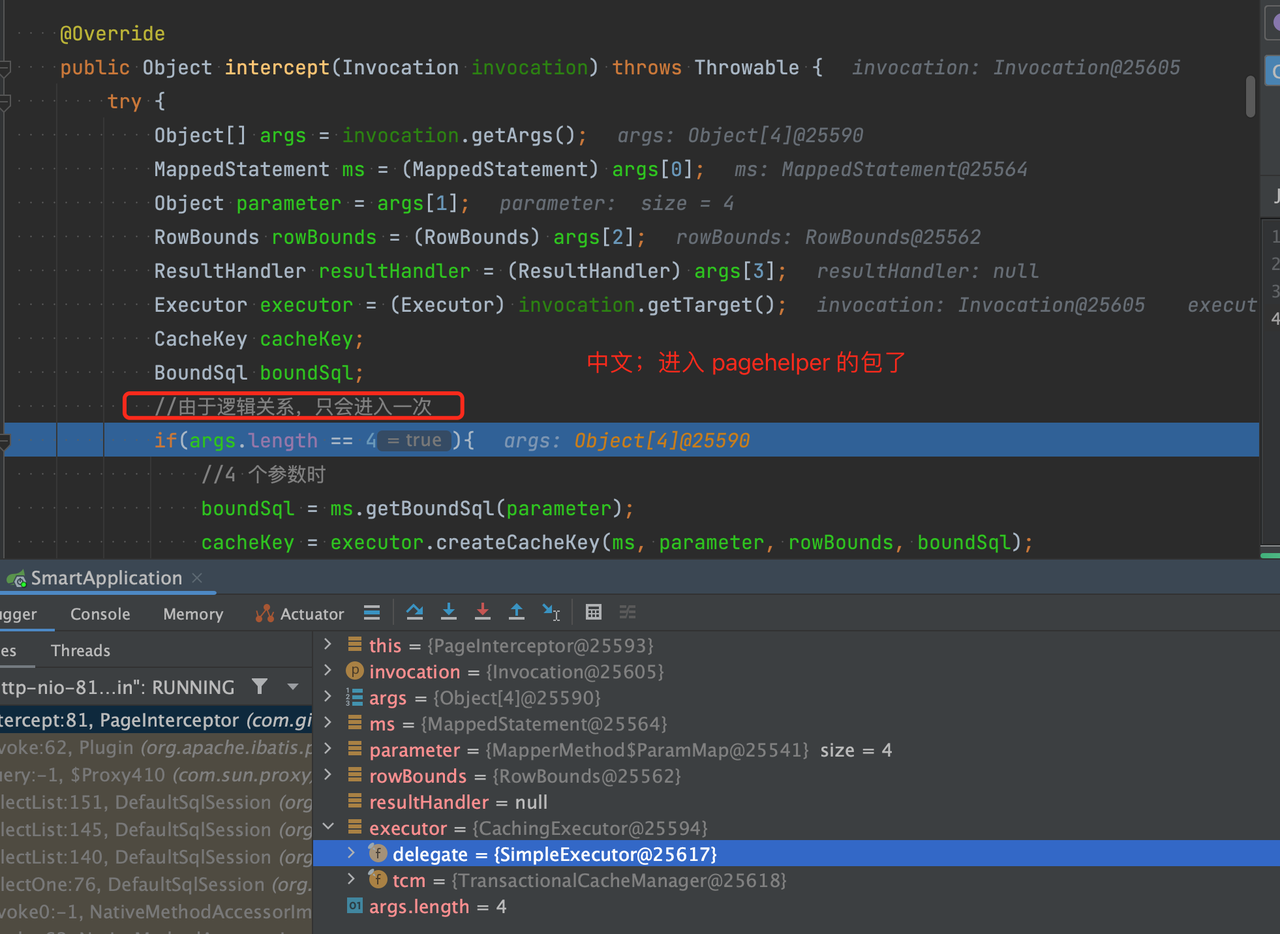

解决
关闭 session 级别的缓存。
// 默认值是 session
<setting name="localCacheScope" value="STATEMENT"/>
summary
- 不建议用 cache,在
分布式环境下,在有可变对象的时候。
shared mutable state is the root of all evil
- ORM 缓存配置 默认关闭,需要的时候,手动配置在
方法级别请求级别。 - is ORM cache a good/bad design?
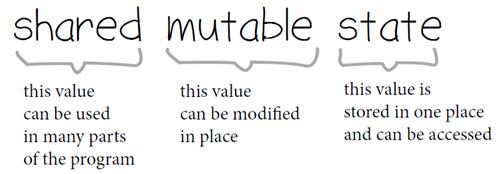
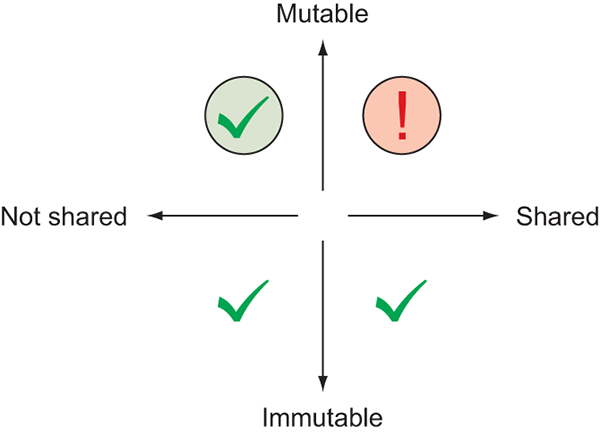
类比
share nothing 架构
https://zhuanlan.zhihu.com/p/386257529
share nothing in DDIA
https://github.com/Vonng/ddia/blob/master/part-ii.md
redis 为什么不用多线程